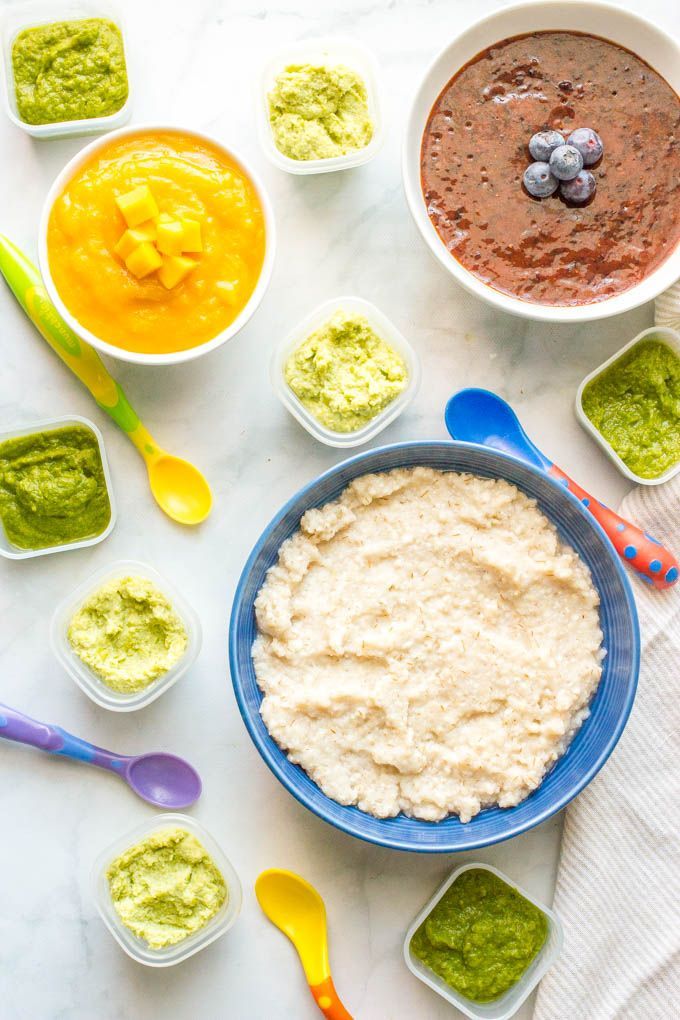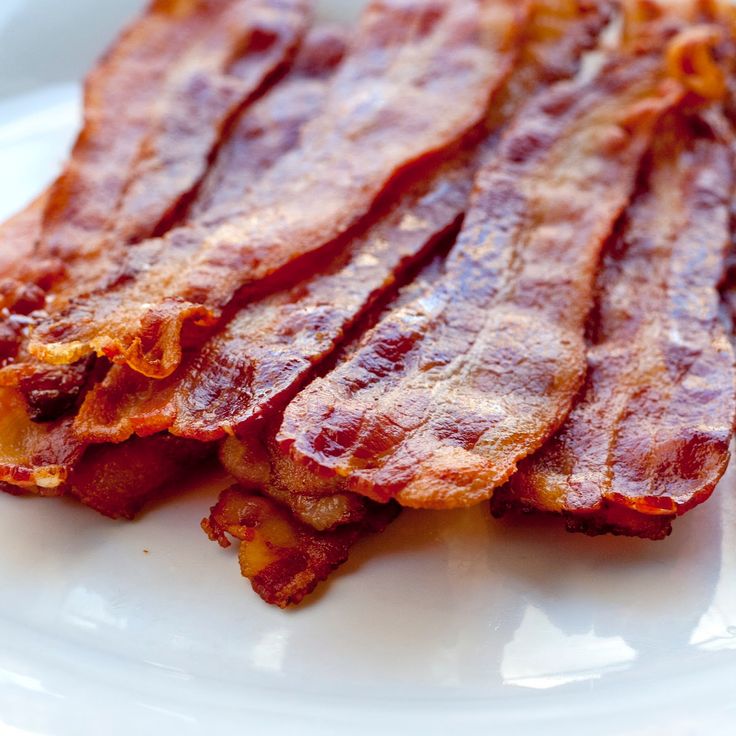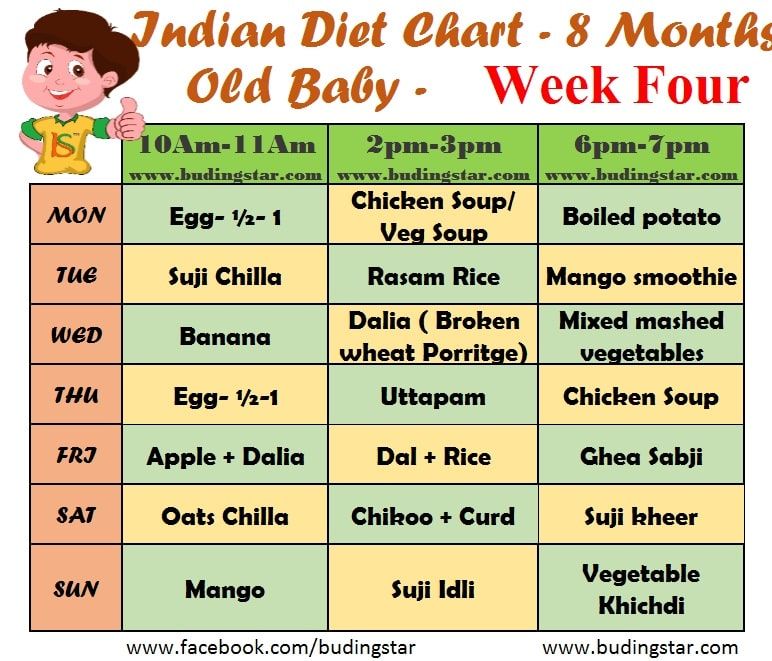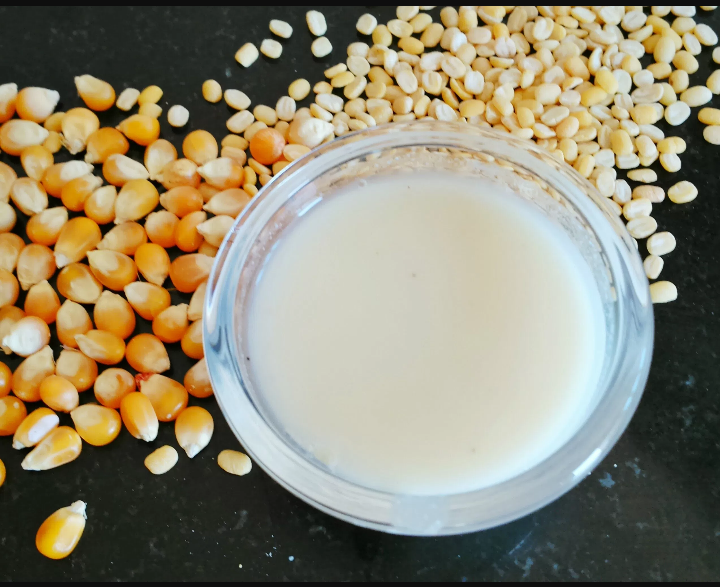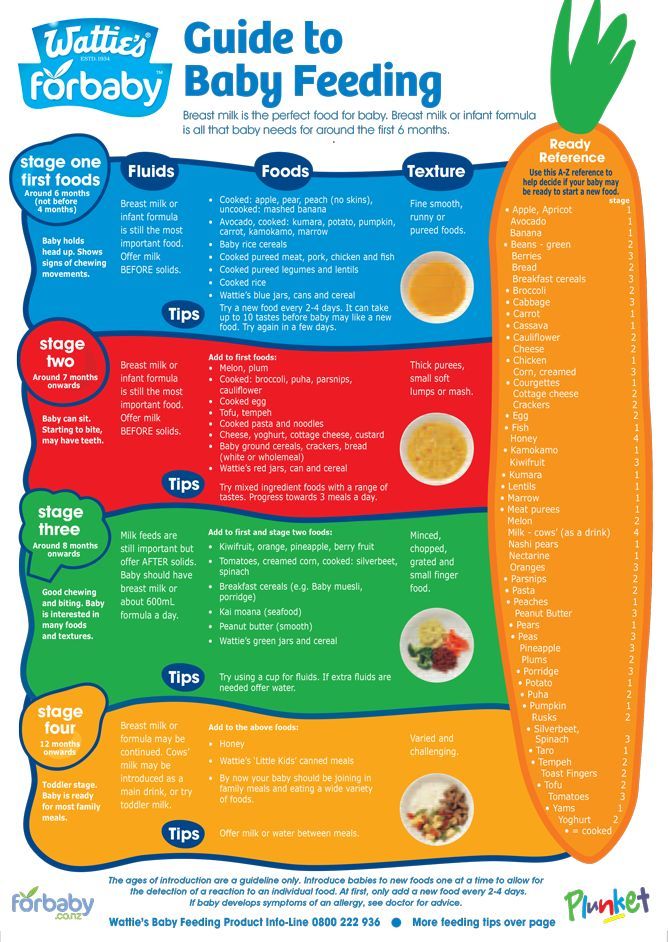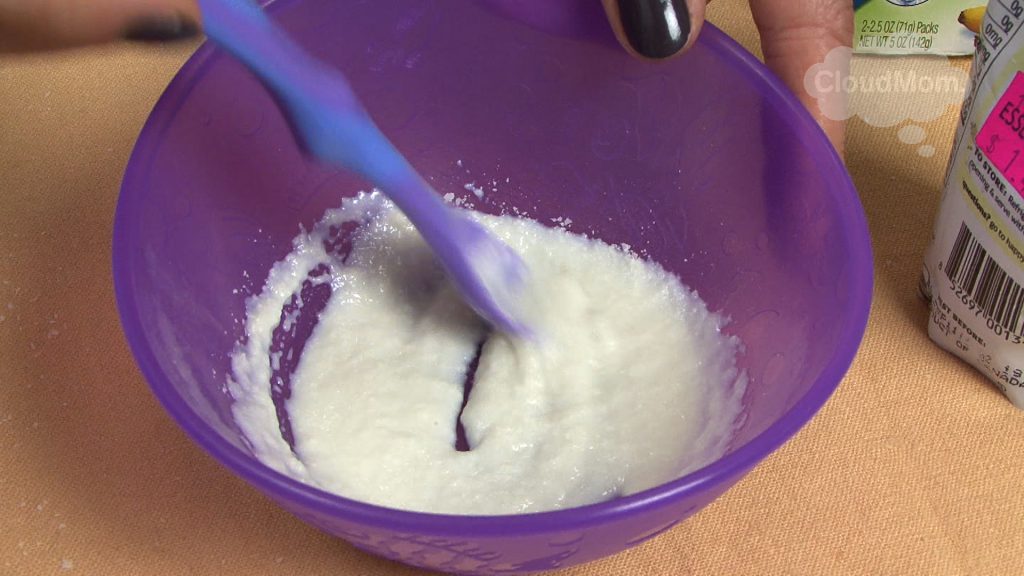Spicy food for babies
Why it's OK to give your baby spicy food – and how to do it safely
Aromatic spices can be a great addition to your baby’s diet (Pictures: Short Eats)Meals for babies can be pretty bland.
Lots of parents tend to steer away from strong flavours, anything too spicy, or anything too bold, instead opting for foods they view as ‘safer’.
But there actually is no reason why you can’t spice up your little one’s diet – and it could in fact help them to develop a more adventurous pallet, if done in the right way.
Of course, this comes with caveats. No, you shouldn’t be blending scotch bonnet into your kid’s dinner.
Really spicy foods are not good for very little babies because they can cause irritation to their digestive system. However, from around six months, or from when the baby is ready for solid food, experts agree that mild herbs and spices are a great addition.
This is something Melissa Bakth, founder of revolutionary food brand, Short Eats, feels passionately about.
‘My mum is from Trinidad, and my dad is from Sri Lanka, so our store cupboard, fridge and table were in a constant flux of colour, texture and culture,’ Melissa tells Metro.co.uk.
‘Growing up, I was always acutely aware of how lucky I was to have such a plethora of exotic food around me, but I was also equally aware that access to this type of food was limited. An early goal that I set myself was to one day bring accessibility and convenience to this cuisine.’
Melissa is on a mission to shake up our children’s diets (Picture: Melissa Bakth)This is why Melissa is launching a new campaign – Battle The Bland – and a range of baby food inspired by Sri Lankan cuisine and approved by nutritionists.
‘This launch is the most important goal I have ever set out to accomplish in my working life because if it works, I believe it will drastically improve the eating habits of an entire generation- no pressure, right?’ she says.
‘We live in London – one of the most culturally diverse areas of the world.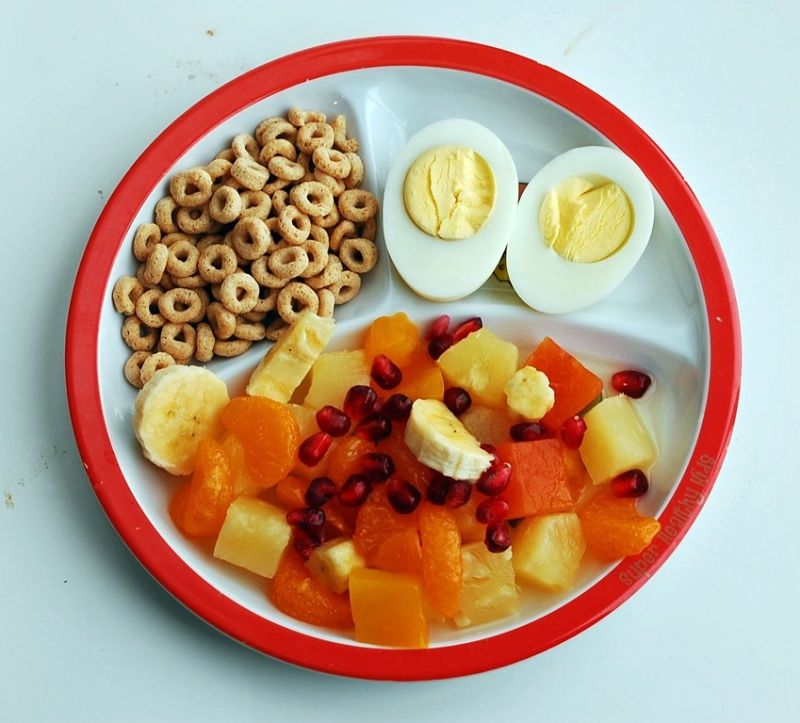 There are so many exciting, innovative and evolving brands being born every minute, but when I look at the baby food offering, my heart sinks for them.
There are so many exciting, innovative and evolving brands being born every minute, but when I look at the baby food offering, my heart sinks for them.
‘This sector remains trapped in an archaic, dated state. Stagnant use of adventurous ingredients, insipid colours and unimaginative dishes.
‘A parent can either opt for convenience or flavour, but you can’t have both, and you certainly can’t have anything crazier than a veggie moussaka.’
Spice in your child’s food can also be sensational (Picture: Short Eats)So, why has this supermarket aisle seen so little change?
‘The target age group can’t fully articulate their food processing thoughts, so there’s been no real reason to change,’ Melissa explains. ‘Sadly, one can deem the kid’s range an afterthought.
‘Babies can and will eat anything, toddlers start making their own food decisions and by six or seven their taste buds are fully sown and grown. Any chance of untangling the bad weeds is going to take some heavy lifting.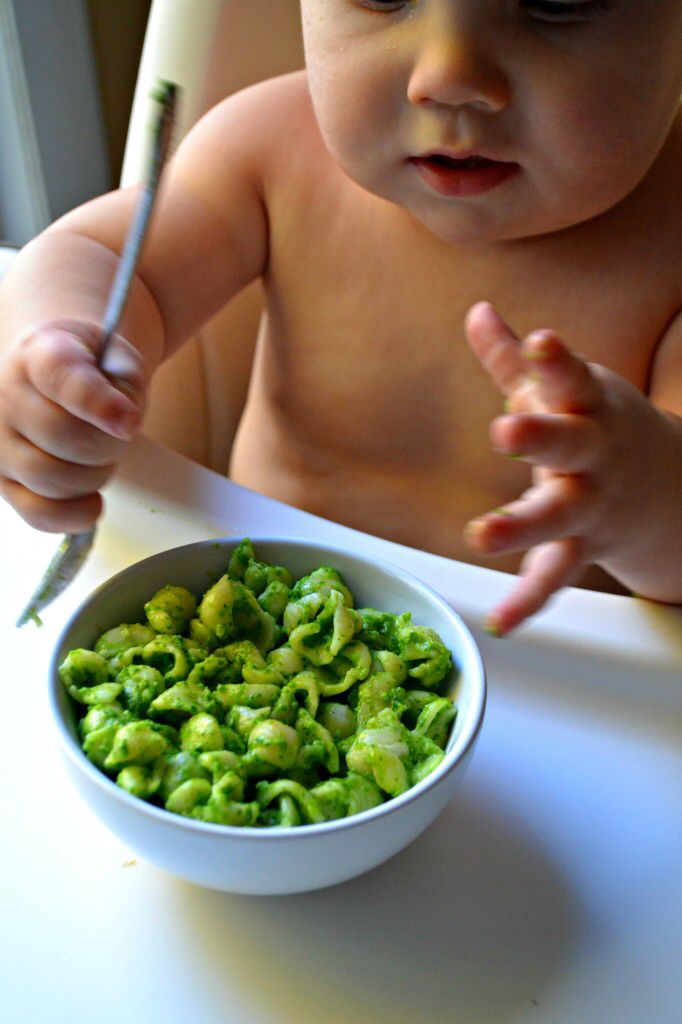
‘We are looking to nourish them as seedlings. By encouraging flavour seeking now, we ultimately give them the right tools to make healthy, balanced and adventurous decisions as adults.’
Things to think about before giving your child spices
‘There’s a difference between hot spices, and the aromatic ones. Aromatic ones – such as cinnamon, nutmeg, garlic, turmeric, ginger, coriander, dill and cumin – are perfectly fine to introduce to children, even in infancy after six months,’ pediatric gastroenterologist Dr Anca Safta tells Live Science.
When introducing solid food, Dr Anca says you should go ahead and try aromatic foods.
‘We live in a society where we think that baby foods have to be bland, but really you don’t have to do that,’ they add.
‘But I would not say the same for hot foods, per se. The hot part is not a taste, but rather involves stimulation of pain receptors, and infants might have a stronger and novel reaction to it, possibly creating an aversion.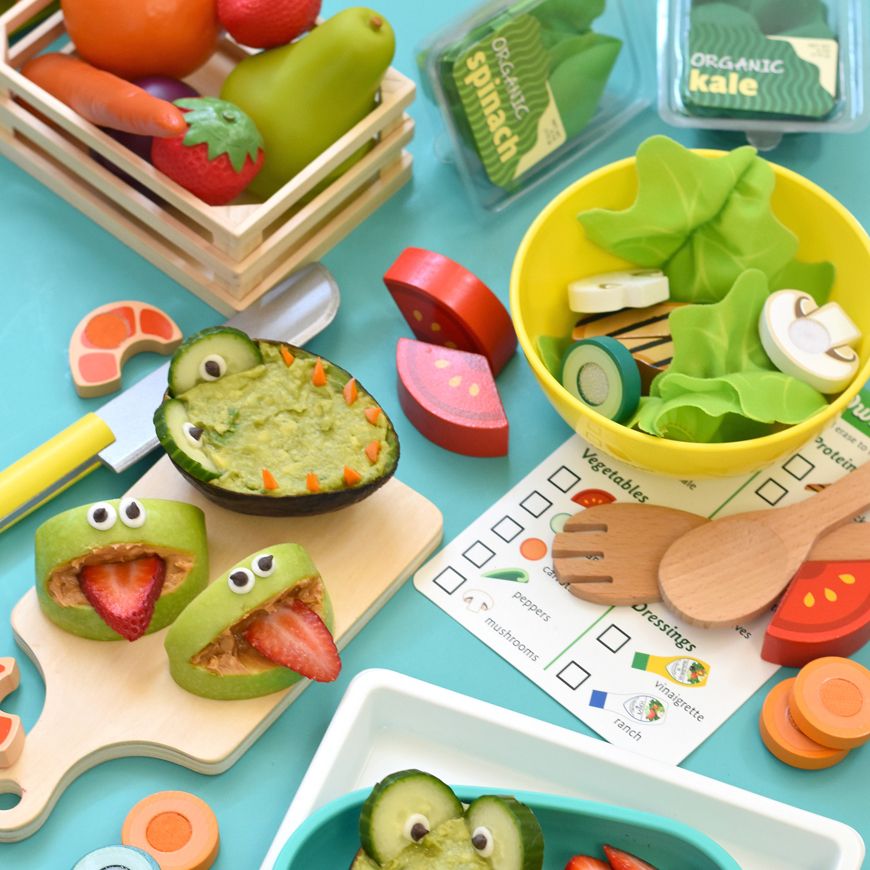 ’
’
Dr Anca explains that there are pain receptors on the tongue and in the gut that are stimulated by spicy hot foods.
‘If we look all over the world, there are South American countries that eat a lot of hot foods, and there are many Asian countries that introduce it to kids early on,’ says Dr Anca. ‘In some countries or cultures, spicy foods are introduced early, and with frequent usage – meaning it might be every day, it may be two or three times a week. Most children then become tolerant to different degrees of spiciness.’
‘There is a preconceived idea that spice is bad for young ones,’ says Melissa. ‘I would have to challenge this with every fibre of my body. Too spicy can be bad, but spice in your child’s food can also be sensational.
‘Gut health and good microbes all reside in the key factor of variety i.e. eating a variety of fruits, vegetables, grains, legumes, seeds, nuts and spices. By layering all of these elements together you have a super blend that aids digestion, concentration and mental health.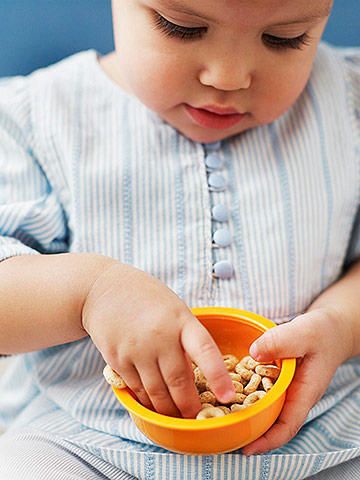
‘All of our dishes are based on this fundamental concept and take strength from key ingredients such as turmeric, curry leaves, cumin and fennel that have been roasted, baked and seasoned into every dish we make.’
How to safely add some spice to your child’s diet
‘With so many of us being stressed and stretched for time and (sometimes) inspiration, here are some top flavour injecting tips,’ says Melissa
Magi-mixLightly temper a tablespoon of cumin seeds, a tablespoon of fennel seeds and a handful of fresh curry leaves.
Once this has cooled, blend and leave in a small pot. This store cupboard mixture is magic as just a sprinkle can and will transform any dish. It’s perfect for roasting vegetables, as a garnish to a soup or into a casserole.
Think about textureTry to add texture to every meal. This could be through the addition of prawn crackers, poppadoms or croutons.
Each of these items has a unique flavour to them and gives a gentle nod to something new and exciting.
A lot of baby food tends to be overcooked – this is partly due to the fact that we are very panicked by the idea of choking. However, do not sacrifice nutrients for nerves.
Simply chop your vegetables into smaller sizes that can be mashed with a fork.
Opting for provisions like okra, spinach and gelatinous fibres like chia seeds, flax seeds and aloe vera are also a great idea as their natural compounds make them easy to digest.
More: Health
Exotic kickTry to use a ‘kicker’ ingredient once a day. Whether it’s a little grated ginger, a squeeze of lime, the addition of a cardamom pod to porridge or a sprinkle of cinnamon to a hot chocolate.
These short little bursts of flavour might even seem meaningless to the meal at the time, but in a continuous stretch make for confident flavour seeking children who will most assuredly be up for everything as growing adults.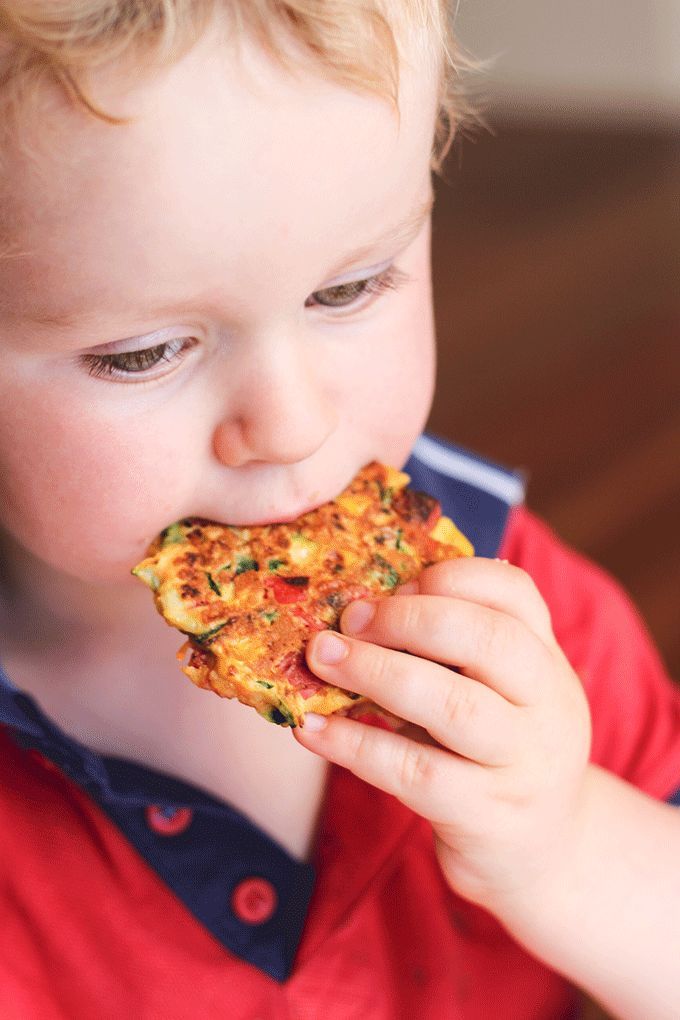
Do you have a story to share?
Get in touch by emailing [email protected].
MORE : Woman who was told anorexia had left her infertile is now a mum of nine
MORE : We can’t get enough of the ‘enemies to lovers’ romcom trope – but can it ever work in real life?
MORE : Tiny London studio flat with the bath in the lounge costs £1,000 per month
When babies can have spicy food and spices like pepper
You can introduce herbs and many spices as soon as your baby starts eating finger foods (usually around 8 to 10 months) – just don't add salt or sugar to their food. You want your baby to get used to the natural flavors of food and be willing to eat food that isn't heavily salted or sugared.
You can introduce new flavors into your baby's diet with spices like turmeric and cumin; herbs such as basil, oregano, and thyme; or by adding small amounts of flavorful foods such as onion, garlic, and ginger.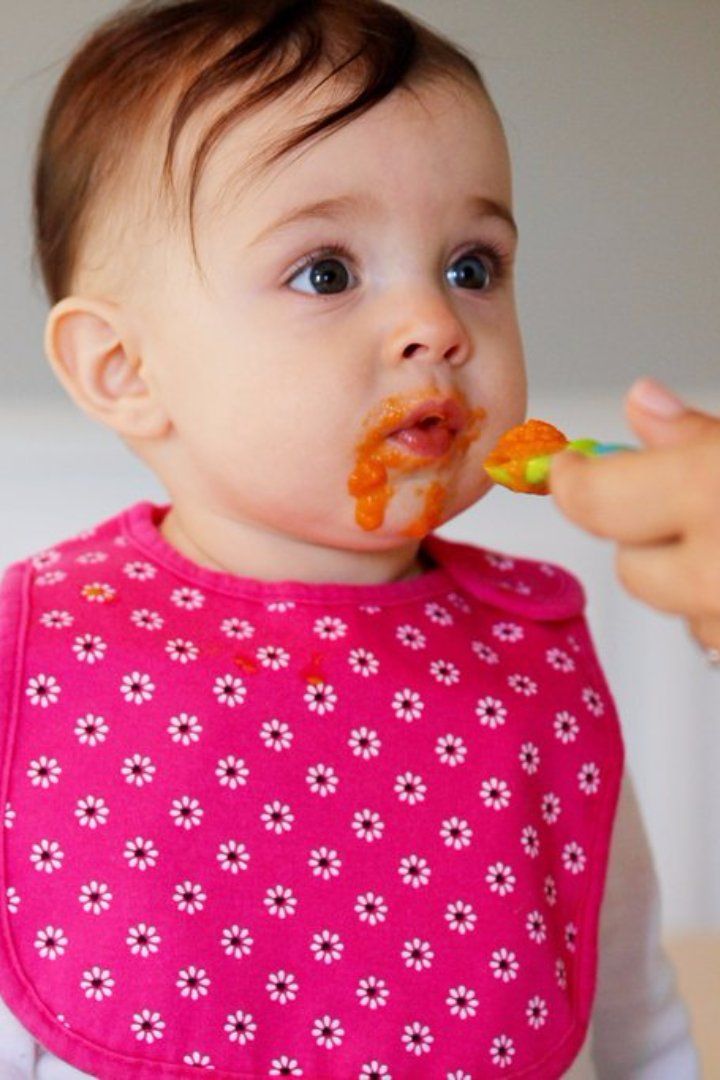 All of these not only add flavor to your baby's food, but texture and color, too.
All of these not only add flavor to your baby's food, but texture and color, too.
Don't use spices too heavily at first. Begin with mild spices like cinnamon and nutmeg. Other spices you can introduce are cumin, paprika, cardamom, cloves, and ginger. You can also season their food with a little bit of black pepper.
You may have raised your child's tolerance for hot stuff if you ate spicy food while breastfeeding – trace flavors and substances pass through your breast milk. But wait until your baby is at least a year old before you add curry, chili pepper, hot peppers like jalapeno or habanero, or other strong flavors to your child's diet. Children younger than a year are just getting used to basic foods and are especially prone to food reactions and sensitivities.
Also think about how your baby typically reacts to new foods. If your child is more sensitive, stick to blander fare for a while. Though they rarely trigger food allergies, spicy foods can irritate the digestive system and cause gastroesophageal reflux.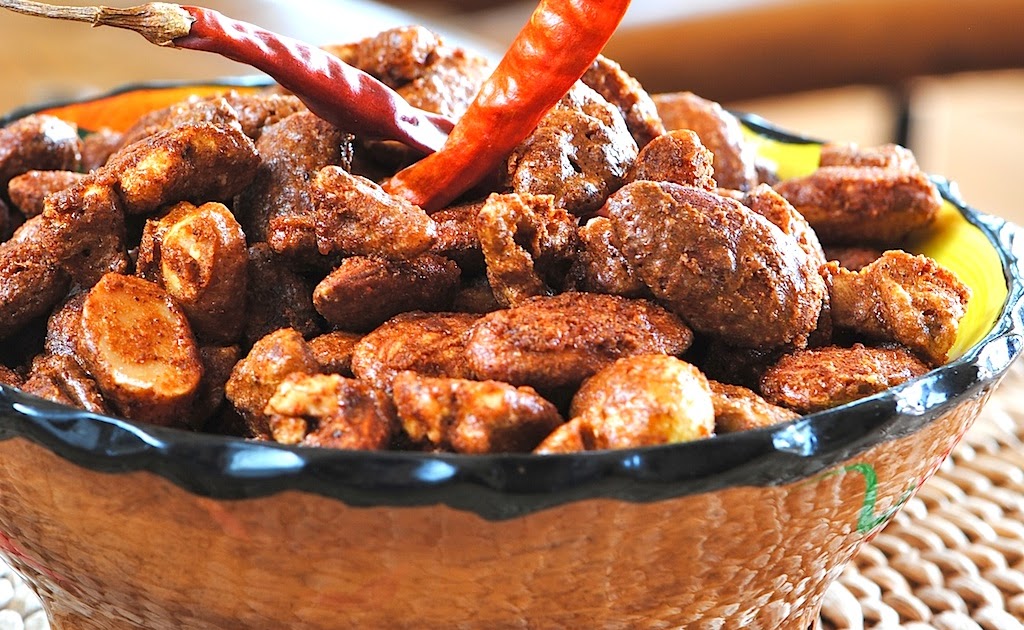 If your child has gastroesophageal reflux, you may need to avoid spicy foods all together.
If your child has gastroesophageal reflux, you may need to avoid spicy foods all together.
As you introduce stronger flavors, serve small amounts of foods you know your child can tolerate. That way, if they get an upset stomach, you'll be able to identify the culprit – and know to wait until they're older to try serving it again.
Are spices good for babies?
While it isn't clear exactly what role spices play in health, spices and herbs have been used for medicinal purposes across many cultures for a long time. While your baby probably won't eat enough spices in a sitting to have direct health benefits, it's possible that having a variety of spices and herbs over their lifetime could influence their health.
Introducing your child to a variety of flavors early on might also help them be open to trying and eating a variety of foods in their lifetime.
Can babies be allergic to spices?
It's possible for your baby to be allergic to spices, although it's usually an intolerance rather than an actual allergy. Life-threatening, anaphylactic reactions to spices are extremely rare, but it's important to know signs of an allergic reaction just in case.
Life-threatening, anaphylactic reactions to spices are extremely rare, but it's important to know signs of an allergic reaction just in case.
Signs of a food allergy include hives, itchy skin rashes, swelling, sneezing, nausea, vomiting, diarrhea, and pale skin. If you notice any of these symptoms in your baby, take note of what they've eaten and let their doctor know. If your baby has symptoms in more than one part of their body (such as hives and vomiting or diarrhea), it could be an anaphylactic reaction, which is an emergency.
Other signs of an anaphylactic reaction are throat tightness, breathing problems, wheezing, lightheadedness, and loss of consciousness. If your baby shows signs of an anaphylactic reaction, call 911 or go to an emergency room immediately.
How to introduce spices into your baby’s diet
There are many ways you can introduce spices into your baby's diet. If you use spices when preparing your meals at home, feed your baby what the rest of the family is eating.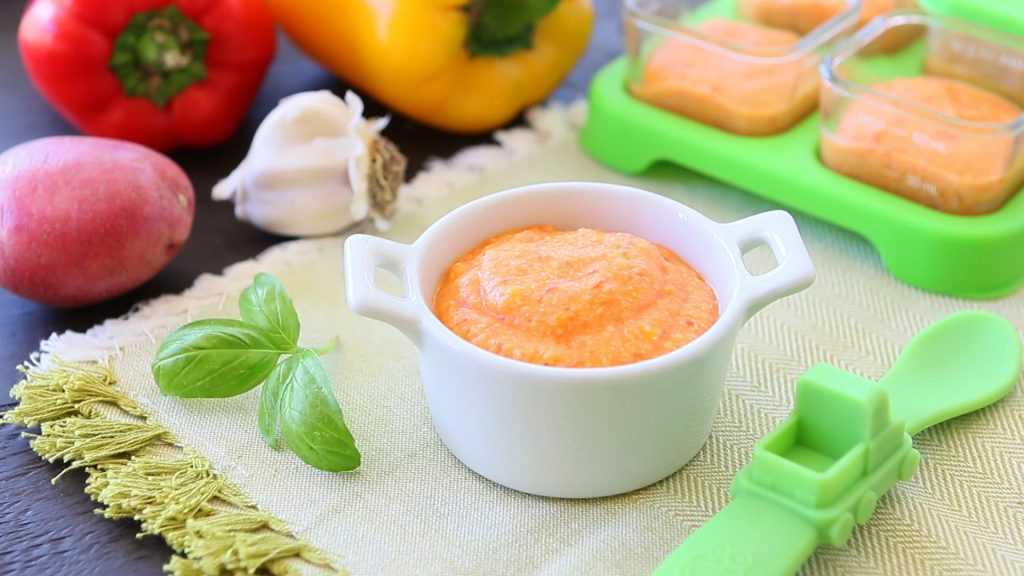 Your baby could also try cinnamon in pureed apple, nutmeg with baked sweet potato, cardamom in baked goods, paprika on chicken, or cumin with beans.
Your baby could also try cinnamon in pureed apple, nutmeg with baked sweet potato, cardamom in baked goods, paprika on chicken, or cumin with beans.
You can also incorporate fresh or dried herbs, such as basil, mint, oregano, and rosemary. Cooking with onion, garlic, and ginger is also a great way to introduce new flavors to your little one.
Is it convenient for children to get used to spicy food?
Food causes anxiety in children, especially when they start eating or try everything. But in this "only" is it convenient that they eat spicy ? We're not talking about giving them chili to taste, but about making dishes as spicy as we adults eat them.
Consider gastronomic culture in which we feel immersed, the season of the year and local products. We recommend that if spicy is a regular part of the diet in your home and area where you live, your child will naturally get used to it. But, if it's not, you won't even miss out.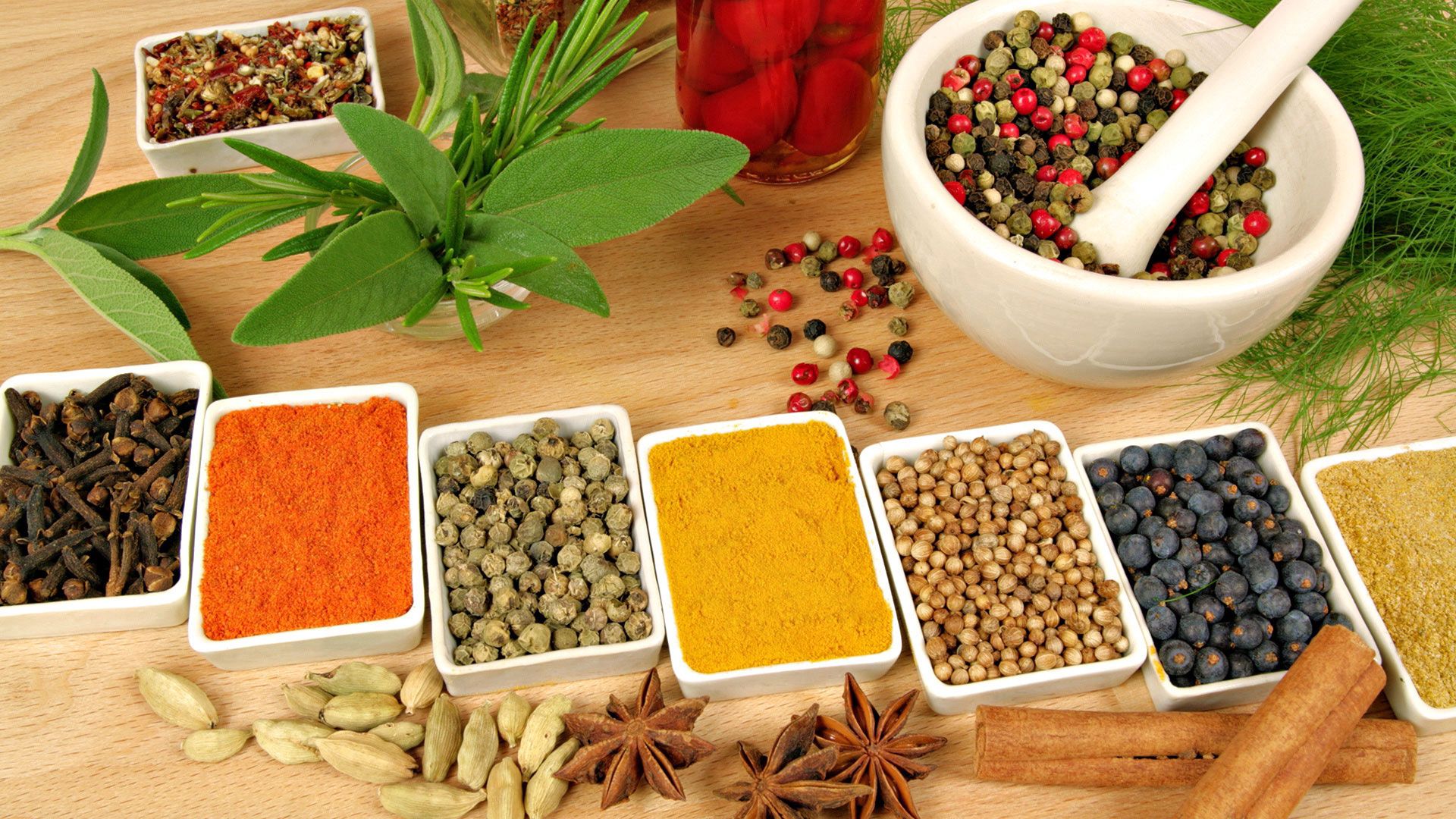
Index
- 1 Food that we can consider spicy
- 2 When can they start eating?
- 3 Pros and cons of spicy food
Food that we can consider spicy
Boys and girls, like adults, love delicious food with rich flavor. In fact, you'll notice that there are nuts and snacks flavored with these spicy flavors, and they're probably your kids' favorite. Don't forget to adapt the recipes, for example, to Mexican cuisine. If you are going to make cheddar cheese stuffed jalapenos, it is best to completely remove the seeds and white veins contained in this vegetable.
One of the foods that we consider spicy is which is so traditional in our stews and dressings. It has antiseptic properties, which at the same time avoid food poisoning. Other salty foods that we use in the kitchen that can be considered spicy are: onion , radish, cinnamon, cayenne or chili pepper, white pepper, black pepper and pepper .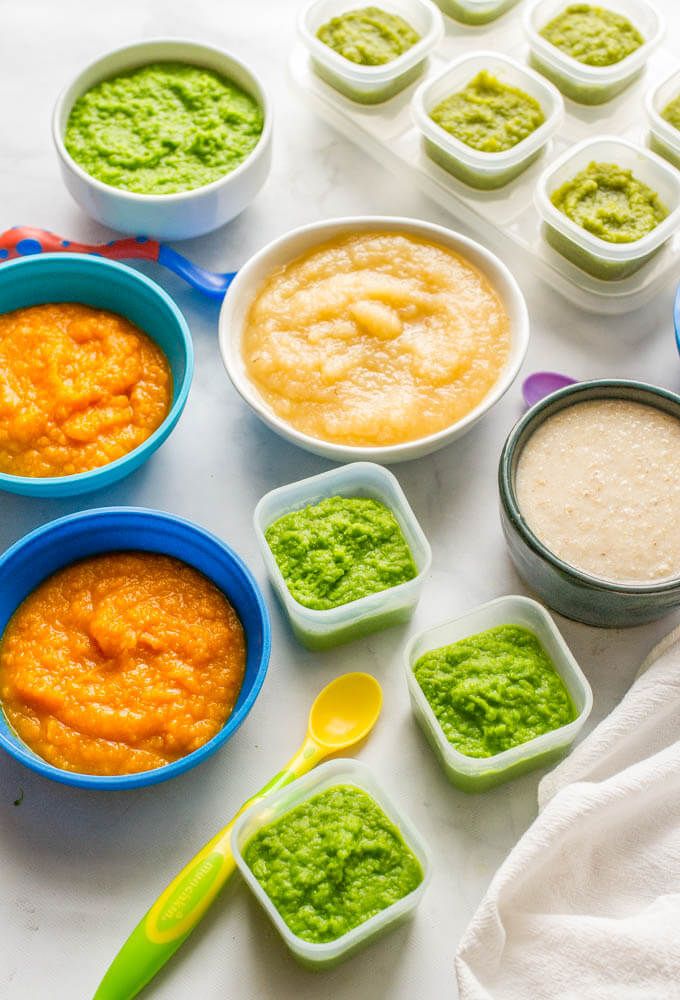 And to a lesser extent turmeric, nutmeg, ginger, cloves, cardamom...
And to a lesser extent turmeric, nutmeg, ginger, cloves, cardamom...
If your son tolerates these scents well, and it doesn't cause reflux or stomach pain, nothing happens. By itself, the spice has many benefits for the body. Also for children's body.
When can they start eating?
Some pediatricians talk about introducing strong and spicy foods year after year. But it can lead to certain allergies. However, as we said at the beginning, everything will depend on the gastronomic culture in which you will develop. Children usually begin to eat spicy flavors. from the age of three.
Once you start introducing children to spicy or delicious foods, do some follow-up . Perhaps these products cause irritation of the mucous membrane of the stomach or intestines or heaviness in the child. In this case, children should stop taking acute.
Remember that while breastfeeding, if you overeat spicy foods, they will pass into your milk.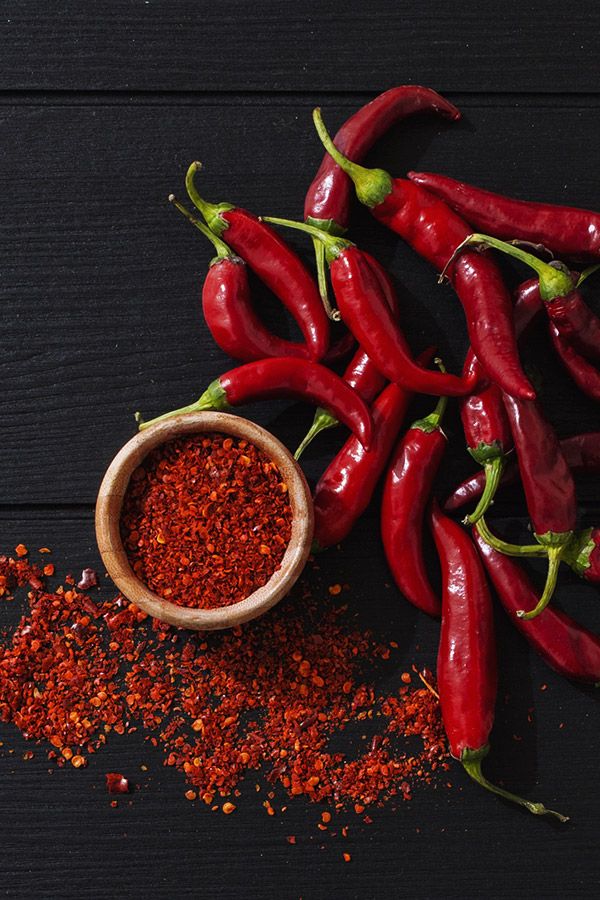 What can develop spice intolerance on the part of the baby.
What can develop spice intolerance on the part of the baby.
Pros and cons of spicy food
As a rule, spicy food helps fight colds, clears mucus from the lungs, improves the functioning of the digestive system. They also eliminate intestinal gases and intestinal parasites. So, in principle, there is nothing against your child eating spicy food.
If your boy or girl has problems with urination, or any other infection of this type, it is not recommended to sharpen it at this time, because it will sting more when you pee. One piece of advice: never let children eat spicy food with their hands. A typical gesture of dipping nachos in jalapeno sauce. After that, they often rub their face or eyes, and this causes them considerable discomfort.
And taking Mexican food as an example, it's so obviously easy to prepare for kids, and that it's usually always a success. In any case, as a summary, we recommend that do not eliminate spicy foods entirely from your children's diet, but use it in moderation.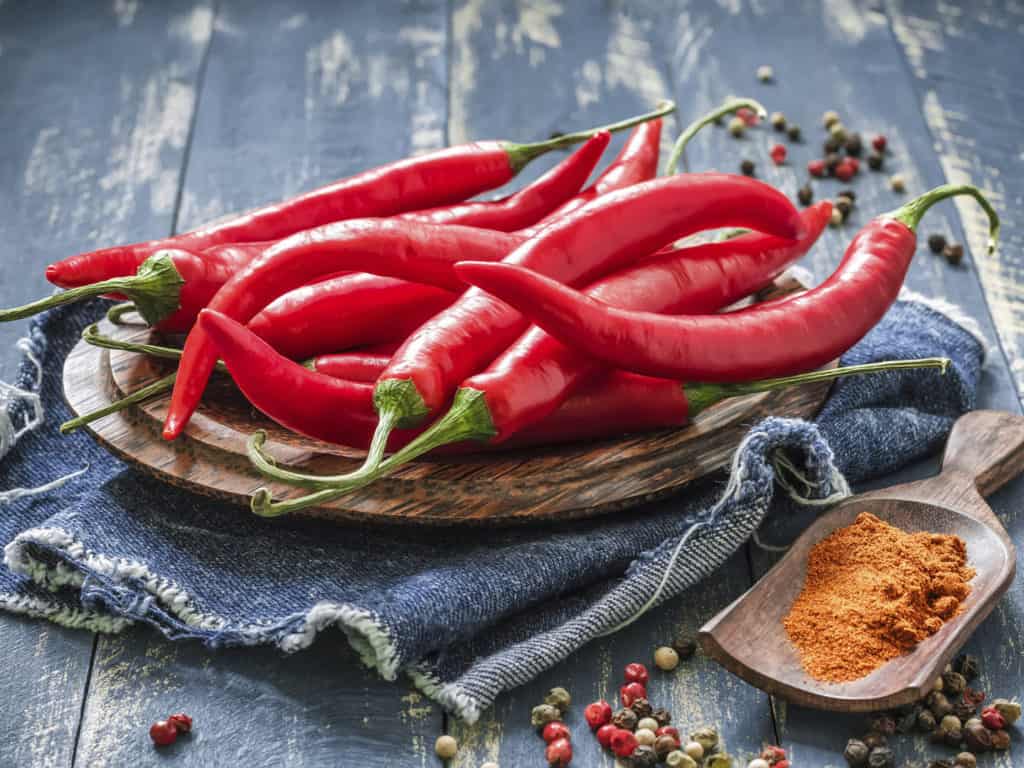 There are many recipes that you adapt to your children's spicy tolerance and they will surely ask you to add more spices, does this situation sound familiar to you?
There are many recipes that you adapt to your children's spicy tolerance and they will surely ask you to add more spices, does this situation sound familiar to you?
The content of the article complies with our principles of editorial ethics. To report a bug, click here.
You may be interested
Does spicy food harm a child's stomach?
Communication
Ariadna
more than a year ago
My daughter is almost 7, on March holidays she visited her grandfather, and tasted ketchup there. Grandfather loves spicy, before every lunch and dinner he puts either ketchup or other spicy sauce on the table. My husband and I were seriously indignant, they said, acute is harmful. Grandfather convinces, says, on the contrary, spices are useful, strengthen the body. Maybe they strengthen, but I think not at the age of seven, when the ventricle is still tender. Or are we just wrong, and acute is already possible and necessary?
like
follow
complain
Your answer:
Get notified
Other topics discussed:
How to limit sweets to a child?
My son is a big fan of sweets, if only he would eat sweets and cookies.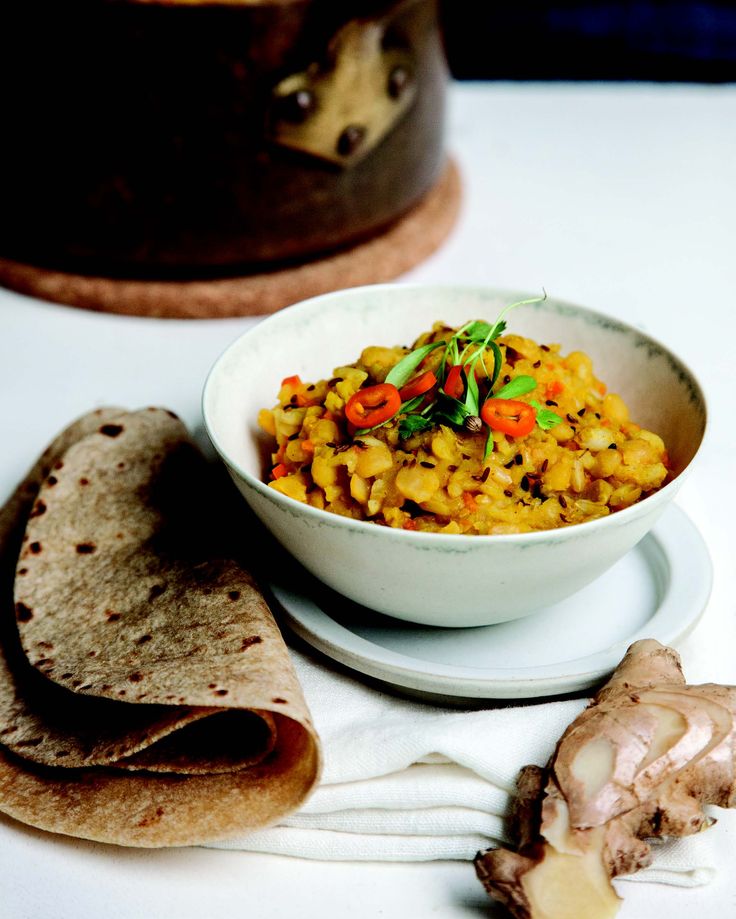 I try to limit, to give sweets only after eating, as a reward for having eaten everything. At the same time, a friend assures me that my son is such a sweet tooth precisely because I don’t give it to him. They say they have sweets in the free all the time at home ...
I try to limit, to give sweets only after eating, as a reward for having eaten everything. At the same time, a friend assures me that my son is such a sweet tooth precisely because I don’t give it to him. They say they have sweets in the free all the time at home ...
Pumpkin in a child's diet
My daughter does not like pumpkin at all, but it is very useful, it must be included in the diet. Who can share interesting recipes with pumpkin, such that the child would eat with pleasure. I tried just baking the pumpkin in slices and pouring honey on top, the dish is very sweet, but that's it...
Sharing homemade baking recipes for children
My kids drink kefir with something baked in the evenings. It has now become difficult to buy baked goods in stores with a good composition, without the addition of preservatives. I am happy to bake for my beloved family, I involve children in this work. They are happy to help in the kitchen. My son even...
How can I change my child's diet?
In the morning my daughter actually refuses to eat.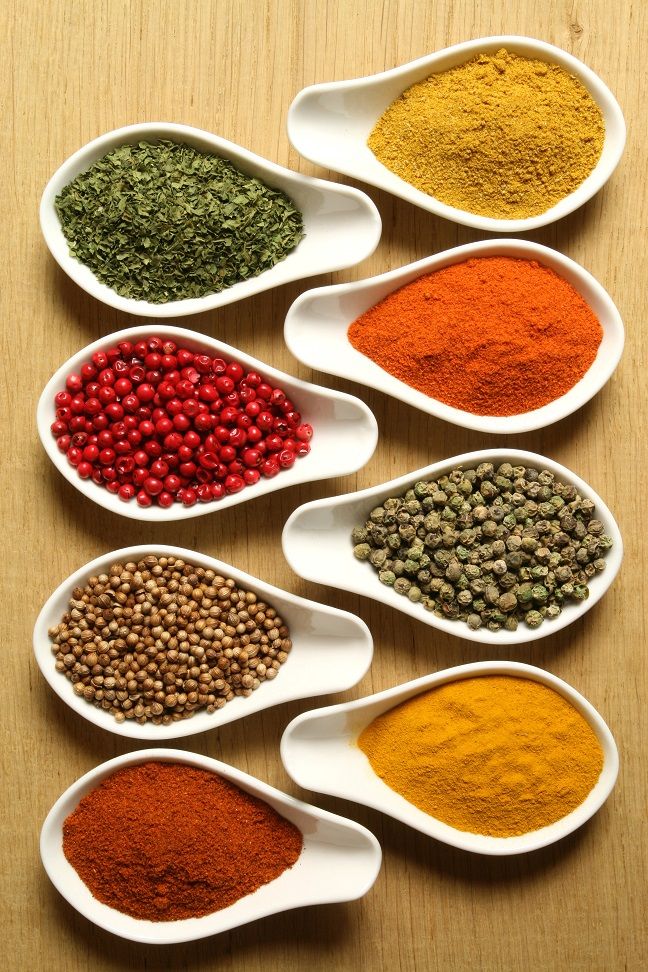 He stuffs a couple of spoonfuls of porridge into his mouth with reluctance, no more, even with a scandal. I thought, elementary whims, I went to the trick - I offered to eat a cake and cookies in the morning. I was surprised, but my daughter refused. Says "I don't want to eat in the morning". Lunch is average...
He stuffs a couple of spoonfuls of porridge into his mouth with reluctance, no more, even with a scandal. I thought, elementary whims, I went to the trick - I offered to eat a cake and cookies in the morning. I was surprised, but my daughter refused. Says "I don't want to eat in the morning". Lunch is average...
What if the child does not eat unfamiliar food?
From a young age my son has not eaten anything that he does not like to see or that he does not know. By persuasion and force, we could not achieve anything. Only if he himself wants to try, then yes. Nothing changes over time. Now we are 7 years old, we eat a lot. But, what we don’t want to try, you can’t force.
Other sections:
Health
Power supply
Development
Education
kindergarten
purchases
Leisure
Decree - this is such a job,
on which you kiss the ass with pleasure in the ass.
V-DOME-DETI.RU
I like it
What are the children talking about?
Anya has put on my shawl and is twirling in front of the mirror.